Will you choose grass for next year's rural planting? Do you make money growing ryegrass? What's the outlook?
Ryegrass is an important forage grass in the south. Compared with other forage grasses, ryegrass is more suitable for the warm and humid climate in the south. With the development of aquaculture in the south, the planting area of ryegrass is also expanding. But generally speaking, farmers grow their own ryegrass. So will it make money to grow ryegrass next year? What are the prospects and benefits of planting ryegrass? What techniques will be needed for planting next year?
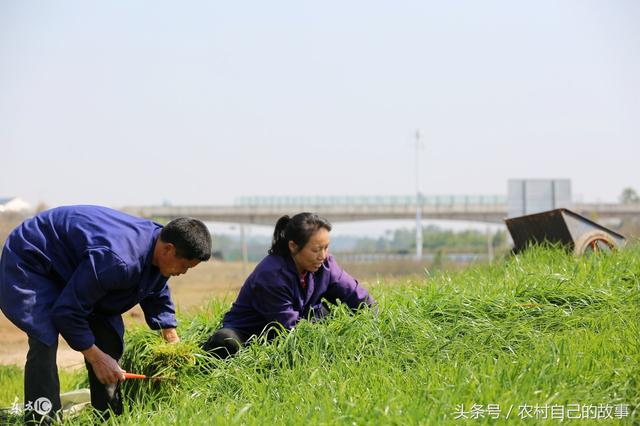
Will it make money to grow ryegrass next year?
Ryegrass is a grass of the family Gramineae. It grows luxuriantly in spring and autumn, and its grass is tender and succulent. It is a good feed for cattle, sheep, rabbits, pigs, chickens, geese and fish. The grass supply period is from October to May of the following year, and can not grow in summer. Ryegrass characteristics about 10 species of ryegrass in the family precocious grasses, including forage grasses and pasture grasses and some poisonous weeds in temperate regions of Eurasia, which is an important component of grass seeds harvested in pastures and grasslands. To develop aquaculture in the south of China, growing ryegrass is a good choice.
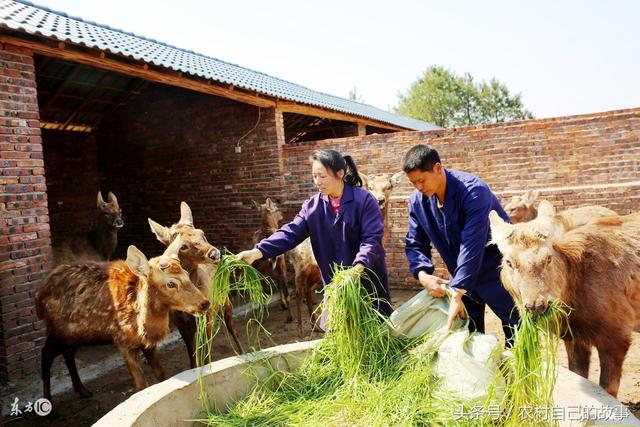
What is the benefit of planting ryegrass next year?
The planting method of ryegrass is suitable for cutting period; green feeding is booting stage or heading stage; preparing hay or silage is full flowering stage; grazing should be carried out when the plant height is 25-30 cm. One and a half months after sowing, the grass is cut for the first time when the grass is 40cm to 50cm high. From now on, it will be harvested every 20 to 30 days. Leave stubble 5cm to 6cm at a time to facilitate regeneration. Cut grass can be directly fed to livestock and poultry (cattle, sheep, rabbits, pigs, ducks, geese, chickens) and fish. Endless fresh grass can be silaged or mixed into hay powder. During the growing period of 4-5 months, ryegrass can be mowed for 4-5 times, producing more than 10000 kg of fresh grass per mu, 150 geese and 10 sheep.
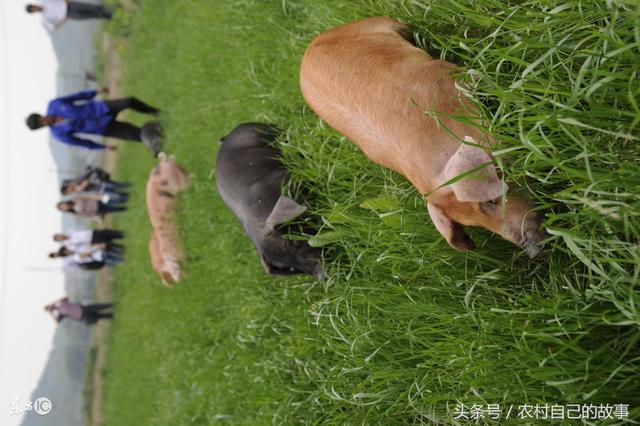
What techniques are needed to grow ryegrass?
The main results are as follows: 1. soil preparation and fertilization perennial ryegrass has small seeds, slender seedlings and weak top soil strength. The planting land should be deeply loosened and raked, crushed soil blocks, leveled the ground, stored water and preserved soil moisture, so as to create good soil conditions for seed emergence. Combined with ploughing, sufficient base fertilizer is applied according to soil fertility. Generally, 1000-1500 kg of organic fertilizer or 25-30 kg of compound fertilizer are applied per mu.
2. Seed and sowing seed field sowing national standard Ⅰ seeds, harvesting grass field sowing national standard Ⅰ ~ Ⅲ seeds. Whether self-produced or purchased seeds need to be tested before sowing, determine the level, and calculate the actual sowing amount. The seeds can be sowed in spring, summer and autumn, which can be determined according to the local specific conditions. Generally, the seeds can be sown in autumn, which is convenient for replanting other crops after harvest in the following year. Single sowing in seed field, single sowing and mixed sowing in grass harvesting. For row spacing of strip sowing, the width of seed field should be 35 cm to 40 cm, and that of grass harvesting field should be 20 cm to 30 cm. Drop the seeds evenly when sowing. Cover the soil with the same depth so as not to affect the emergence of seedlings. Sowing 0.75-1.0kg per mu and 1.0kg-1.25kg per mu of grass. When mixed with white clover, red clover and hundred vein root, the mixed sowing ratio varies according to the purpose of grassland utilization. 50% of perennial ryegrass is grazed mainly in grassland. 60% to 70% of perennial ryegrass is suitable for mowing grassland. The sowing depth is 2cm to 3cm.
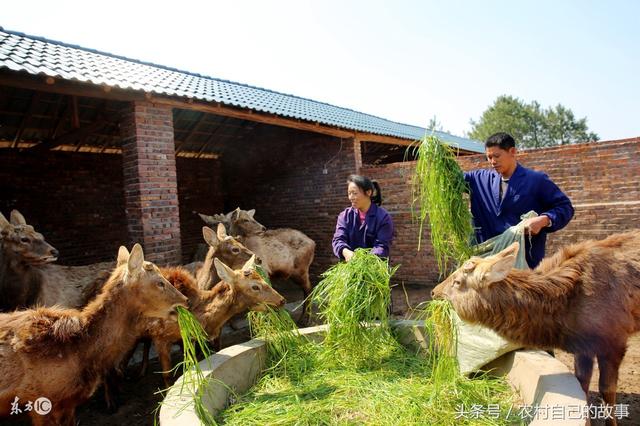
3. Field management meets rain before seedling emergence after sowing, and a stratified layer is formed on the surface of the soil. Attention should be paid to breaking the laminated layer in time to facilitate seedling emergence and preserve seedlings. Weeds should be removed in time at the seedling stage, and attention should be paid to the prevention and control of insect pests. Because of the developed root system, more tillers and rapid regeneration, nitrogen fertilizer should be applied in time after each cutting, 5kg / mu and 10kg / mu. If the soil is acidic, the amount of phosphate fertilizer can be increased by 10kg to 15kg per mu.
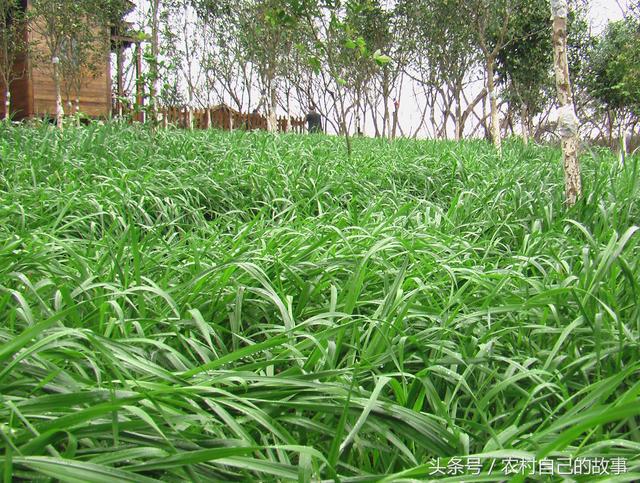
4. Harvesting and utilization of grass should be carried out from heading to milk maturity, and grazing should be carried out when the plant height is 15cm to 20cm. Whether it is grazing or mowing grass, the stubble height should not be less than 7 cm, too high forms a waste of forage grass, and too low affects the re-growth of forage grass. When perennial ryegrass grows too fast in mixed grassland, it can be inhibited by cutting or grazing to protect the normal growth of leguminous forage. Due to irregular heading, inconsistent seed maturity and high self-threshing of perennial ryegrass, it should be harvested, sun-dried, threshed and collected in time when 70% of the seed ears in the field turn yellow and white. In order to prolong the utilization life of grassland, special attention should be paid to timely and appropriate irrigation and fertilization in management.
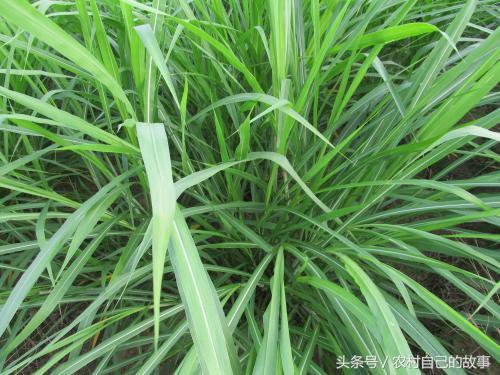
For the development of farmers, growing ryegrass on the one hand can save costs, on the other hand, it can also achieve the combination of planting and breeding, which is a very praiseworthy way of agricultural development. The combination of planting and breeding is more ecological and environmentally friendly than simple planting and aquaculture, and it will also comply with the requirements of national development.
- Prev
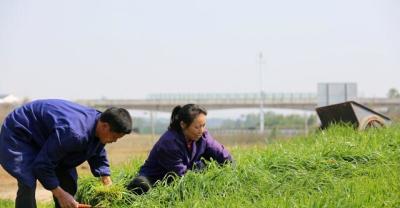
What kind of medicinal herbs are contracted to grow in 2018 to make money? What varieties of raw medicinal materials are recommended to be planted?
1 Achyranthes bidentata likes mild climate, can not tolerate severe cold, low temperature and slow growth, but grows faster in the north where the temperature difference is large. Achyranthes bidentata is suitable for cultivation in Xiangyang.
- Next
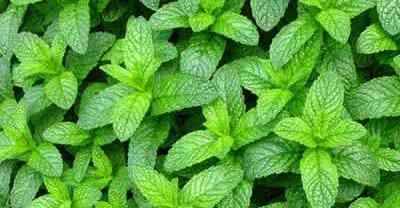
Planting cherry tomatoes always bear little fruit, the planting details are revised, and the small tomatoes are innumerable.
Those who have seen cherry tomatoes in planting or vegetable picking gardens will really be shocked that cherry tomatoes are so capable of fruiting that they can bear fruit if they are planted well.
Related
- Fuxing push coffee new agricultural production and marketing class: lack of small-scale processing plants
- Jujube rice field leisure farm deep ploughing Yilan for five years to create a space for organic food and play
- Nongyu Farm-A trial of organic papaya for brave women with advanced technology
- Four points for attention in the prevention and control of diseases and insect pests of edible fungi
- How to add nutrient solution to Edible Fungi
- Is there any good way to control edible fungus mites?
- Open Inoculation Technology of Edible Fungi
- Is there any clever way to use fertilizer for edible fungus in winter?
- What agents are used to kill the pathogens of edible fungi in the mushroom shed?
- Rapid drying of Edible Fungi

